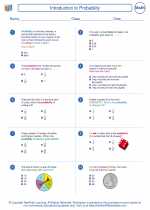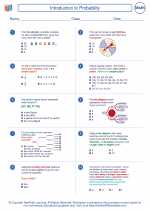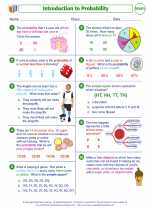Weighted Combination
In mathematics, a weighted combination refers to a way of combining two or more items with different weights or proportions. This concept is commonly used in various fields such as statistics, finance, and engineering.
Formula for Weighted Combination
The formula for finding the weighted combination of two items is:
Weighted Combination = (Weight of Item 1 * Value of Item 1) + (Weight of Item 2 * Value of Item 2)
Where:
- Weight of Item 1, Weight of Item 2, ... = the proportion or importance assigned to each item
- Value of Item 1, Value of Item 2, ... = the numerical value or quantity of each item
Example
Suppose you have a portfolio of stocks with the following weights and returns:
To find the weighted combination of the portfolio's returns, you can use the formula:
Weighted Combination = (0.4 * 8%) + (0.6 * 5%) = 3.2% + 3.0% = 6.2%
Study Guide
To understand and master the concept of weighted combination, here are some key steps to follow:
- Understand the concept of weights: Learn how to assign proportional weights to different items based on their importance or significance.
- Learn the formula: Memorize the formula for finding the weighted combination and understand each component of the formula.
- Practice with examples: Work through several examples of weighted combinations to gain proficiency in applying the formula.
- Real-world applications: Explore real-world scenarios where weighted combinations are used, such as in investment portfolios, statistical analysis, or engineering design.
- Review and practice: Regularly review the concept and practice solving problems to reinforce your understanding.
By following these steps and practicing regularly, you can become proficient in working with weighted combinations and apply this concept effectively in various mathematical and practical contexts.
[Weighted Combination] Related Worksheets and Study Guides:
.◂Math Worksheets and Study Guides Seventh Grade. Introduction to Probability

 Worksheet/Answer key
Worksheet/Answer key
 Worksheet/Answer key
Worksheet/Answer key
 Worksheet/Answer key
Worksheet/Answer key
 Worksheet/Answer key
Worksheet/Answer key
